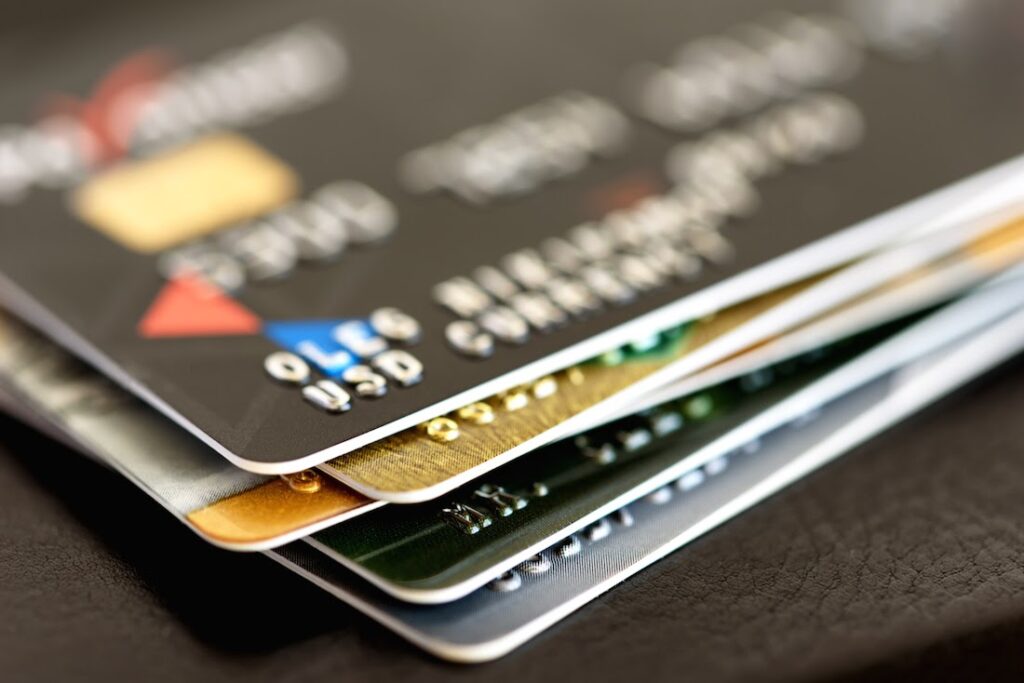
By alphacardprocess January 21, 2022
A Surcharge Program is a program in which a credit card issuer offers consumers incentives for using their card. The most common forms of credit card surcharge programs are airline credit cards and business credit cards. In these cases, the consumer may be offered free checked bags or other incentives in exchange for using that particular credit card to pay for their travel.
An airline credit card is a type of credit card issued by a bank in the form of an affinity card program. In this situation, a major airline or hotel chain negotiates with a banking institution to offer their customers the ability to use the particular credit card when purchasing products from that company. The customer may receive free baggage allowance, free points towards future travel, or other incentives for using that card when they purchase through the affiliated company.
A business credit card is a type of credit card issued by a bank in form of an affinity program to offer incentive such as time off or bonuses on purchases made with the business credit card. Purchases may also be tax deductible and can help increase productivity.
There are many reasons why credit card issuers offer surcharge programs, but the most important reason is to bring in additional revenue for their company. When a company accepts only one credit card, they are missing out on potential sales made by consumers that have another preferred or affiliated credit card. By offering their own particular credit card, they can capture the additional retail sales and revenue.
The bottom line is that credit card surcharge programs offer numerous benefits for both consumers and companies alike. Customers receive free incentives to use particular cards, which provides them with more value for their purchase. Credit card issuers are able to increase revenue by encouraging shoppers to use their preferred card to make purchases with the affiliated company.
Credit card issuers can benefit from surcharge programs by offering incentives for using their particular card when making purchases from a company with which they have partnered. In return, this leads to increased revenues and customer loyalty.
How Do Credit Card Surcharges Benefit Your Business?
Credit card surcharges are especially beneficial for merchants who sell their goods through an ecommerce storefront, as they can provide the customer with the ability to pay using a debit or credit card. Customers may prefer to use these types of payment methods over other online forms of payment such as PayPal due to its convenience and security.
Many consumers today feel more comfortable using their debit or credit card when making online purchases, rather than other forms of online payment such as PayPal. This is because debit and credit cards have a number of built-in security features that help consumers feel safe while shopping at e-commerce stores.
In addition to convenience and security, another reason why customers prefer the use of a credit or debit card for online purchases is because of the additional benefits and rewards that come along with using this type of payment method. Using credit cards can help you to receive free items, discounts on future purchases, or cash back during the checkout process.
The bottom line is that customers are more likely to shop at your e-commerce store if they have the ability to use their credit or debit card to make their purchases. By offering your own particular credit card, you are able to provide this convenience and increase sales at your e-commerce store.
Difference Between Surcharge Programs and Cash Discount Programs
There are some similarities between cash discount programs and surcharge programs, while there are also many differences. While both of these types of credit card incentive programs offer benefits for the merchant, they also have their own unique advantages and disadvantages.
The most popular credit card used through surcharge programs is Visa, followed by MasterCard and American Express. The least popular credit cards are Diners Club, Discover, and JCB.
The main difference between cash discount programs and surcharge programs is that cash discounts are advantageous for both the merchant and customer, while surcharge programs provide added benefits for the customer only. Customarily, cash discount programs do not require any additional fees to be paid by the merchant, while surcharge programs require a certain percentage be paid in order to participate.
Another major difference is that cash discount programs reduce the cost of the purchase for consumers, whereas surcharge programs increase the cost of the purchase by adding an extra fee on top of it. Merchants don’t receive any benefits from passing along surcharges to their customers, so this is where the primary difference comes into play.
The primary benefit of participating in a cash discount program is that it provides consumers with discounts on their purchases while providing merchants with increased revenue.
As you can see, surcharge programs are beneficial to both the merchant and consumer because they provide added value. Customers are able to receive free incentives and discounts with their purchases, while merchants are able to increase revenue and customer loyalty.
Why Should You Get a Surcharge Program?
Surcharge programs can give you several advantages as a business owner. Not only is it beneficial for your customers, but it will also improve sales and lead to increased revenues.
Adding surcharges is a great way for you to increase your profits, as the majority of surcharge program participants are satisfied with this type of payment method.
Many businesses have found that establishing surcharge programs can help them to decrease credit card processing fees and provide additional incentives to their customers. For instance, if you are running a traditional cash discount program, your customers are essentially receiving discounts on their purchases. With a surcharge program, you are able to give consumers added benefits while being able to charge them extra fees at the same time.
